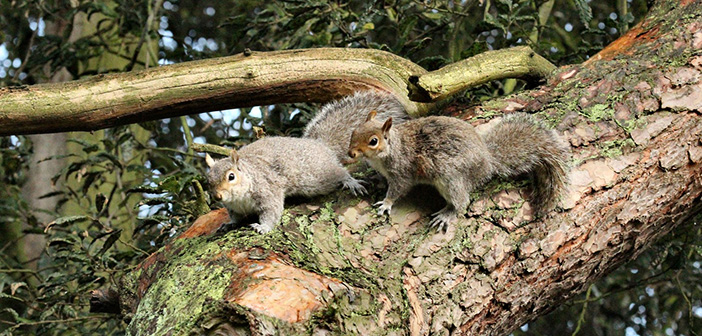Billions of pounds will be at risk if non-native species, including grey squirrel populations, are not managed, a leading squirrel charity has warned.
The move comes as the Government’s plans to plant 30,000 hectares of new woodland per year were debated in the House of Lords recently.
In his March 2020 budget, Chancellor Rishi Sunak pledged that 30,000 hectares of trees would be planted per year by 2025, but the European Squirrel Initiative (ESI) is warning that the dangers of irreparable damage to broadleaf trees, caused by invasive non-native grey squirrels, could undermine this commitment, unless populations are managed.
While it has welcomed the Government scheme, the ESI fears that the initiative will be futile unless action is taken to reduce the threat of damage caused by grey squirrels stripping barks, either killing trees outright or damaging them enough to allow infections in.
This view has been amplified by a new report, commissioned by the Royal Forestry Society, estimating that grey squirrels will cost the woodland sector £1.1 billion over the next 40 years in damaged timber, lost carbon revenue and tree replacements.
“ESI has funded this research, through the Roslin Institute, into species-specific, humane and cost-effective solutions to managing invasive grey squirrel populations in the UK,” explains Graham Taylor, ESI chairman.
“We feel this offers the opportunity to control the damage grey squirrels cause both economically and ecologically to the UK, while providing a realistic proposition for red squirrel conservation.”
The ESI’s own research in 2019, revealed that grey squirrels cost the UK economy around £40 million every year.


